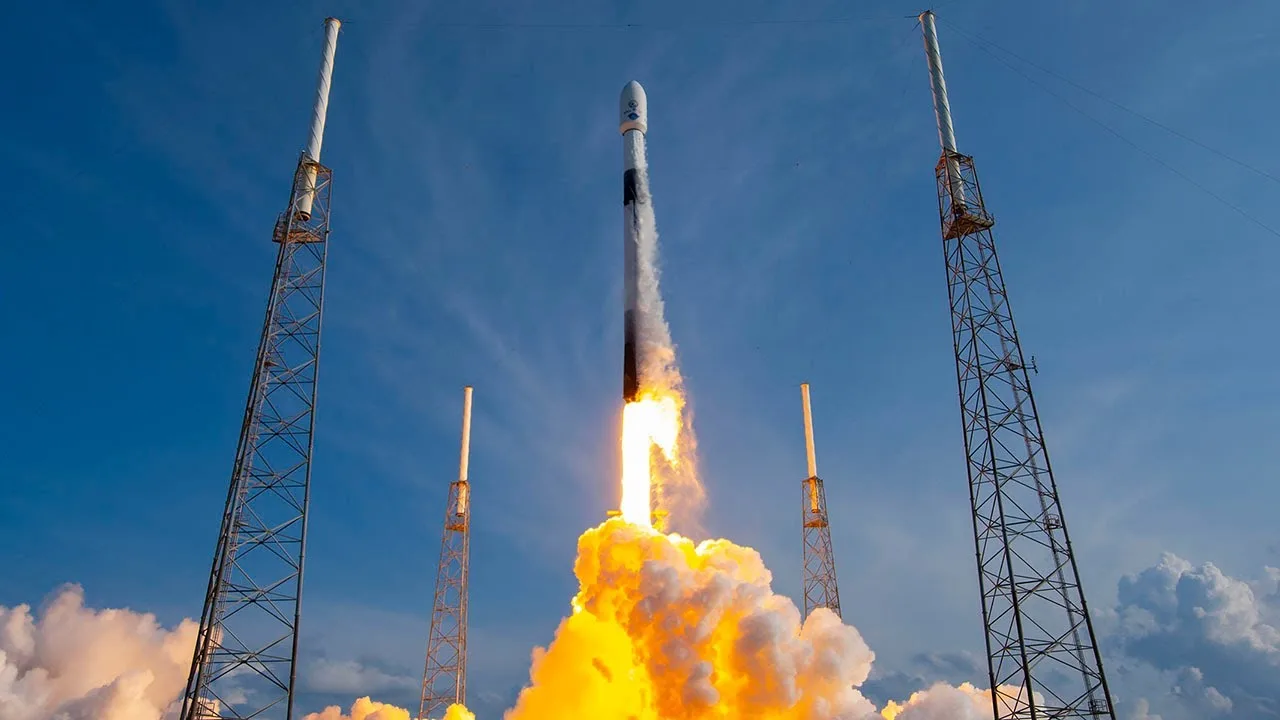SpaceX has successfully launched a powerful communications satellite, Nusantara Lima, on behalf of an Indonesian telecom company, marking another milestone in expanding connectivity across the world’s largest archipelago.
The Launch Details
A Falcon 9 rocket lifted off from Cape Canaveral Space Force Station in Florida late in the evening, carrying the Nusantara Lima satellite. Bad weather had delayed the launch by several days, but conditions eventually cleared. The rocket’s first stage, booster number 1078, returned safely and landed on a SpaceX droneship stationed in the Atlantic just over eight minutes after liftoff.
The satellite was placed into geostationary transfer orbit roughly half an hour after launch. From there, it will use its onboard propulsion to reach geostationary orbit, about 22,236 miles (35,785 km) above Earth, where it will “hover” relative to the planet’s surface.
What Nusantara Lima Will Do
- The satellite is built by Boeing, and is being deployed by PT Pasifik Satelit Nusantara (PSN), Indonesia’s first private satellite telecom company.
- Once operational, it is expected to deliver high-capacity communications across Indonesia’s 17,000+ islands, as well as services in neighboring regions.
- It has capacity exceeding 160 gigabits per second (Gbps), a significant boost over many existing satellites, which means more bandwidth for internet, television, remote education, business communications, and telemedicine in remote areas.
Significance & Broader Impacts
- For many remote and rural communities across Indonesia, reliable connectivity has been a persistent challenge. Terrain, small islands, and undersea gaps make infrastructure difficult and expensive. Nusantara Lima could help bridge that digital inequality.
- The launch adds to SpaceX’s growing track record of reusing rockets. The first-stage booster used in this mission has flown 23 times, coming close to the company’s reuse record. This reuse helps lower costs and increase cadence of satellite launches.
- Geostationary service like this is ideal for stable, wide-area coverage, including broadcasting, broadband, and high-throughput data services. That makes it valuable for national infrastructure and resilience, especially for countries spread across many islands.
What Comes Next
After launch, the satellite will undergo a period of testing and checkouts. Once everything is confirmed working, service commencement is expected in 2026. During this phase, engineers will ensure alignment, signal strength, and performance meet expected standards.
For PSN and its partners, success will mean extending service into more remote communities, offering higher data rates, and reducing latency or outages caused by lack of infrastructure.
Bottom Line
The Nusantara Lima launch is a leap forward for Indonesia in satellite telecom. It’s also another example of how reusable rocket technology is enabling faster and more frequent access to space. For citizens across thousands of islands, this new satellite promises better communication, education, health care, and digital services in places that need them most.
















Leave a Reply